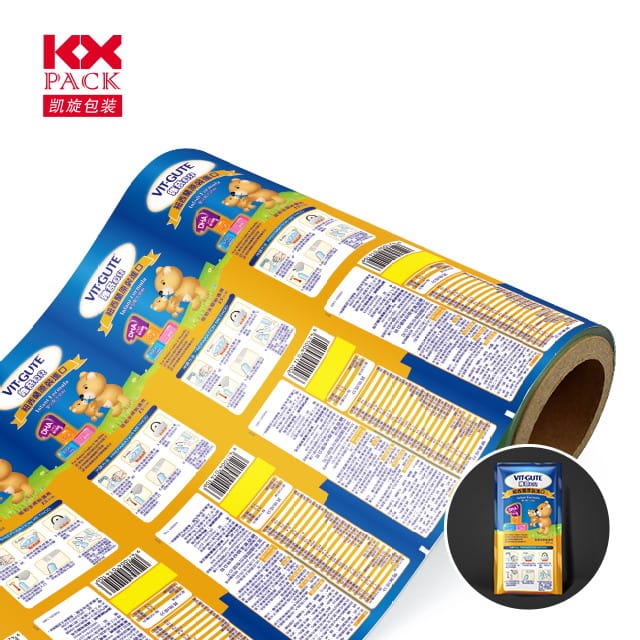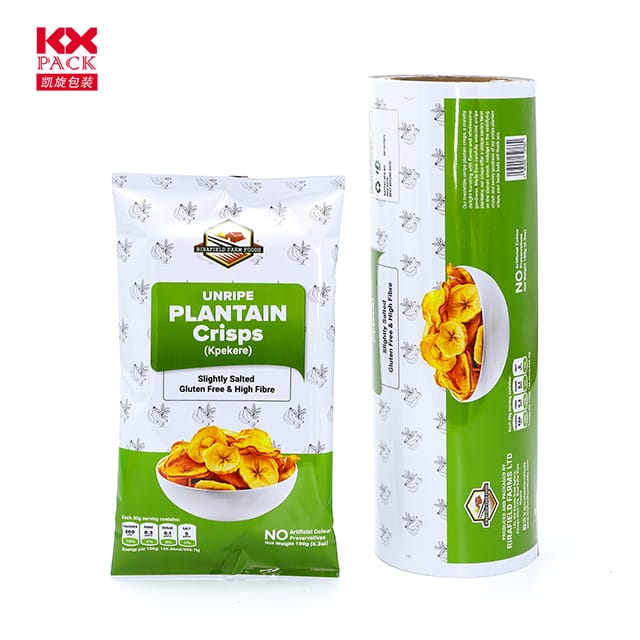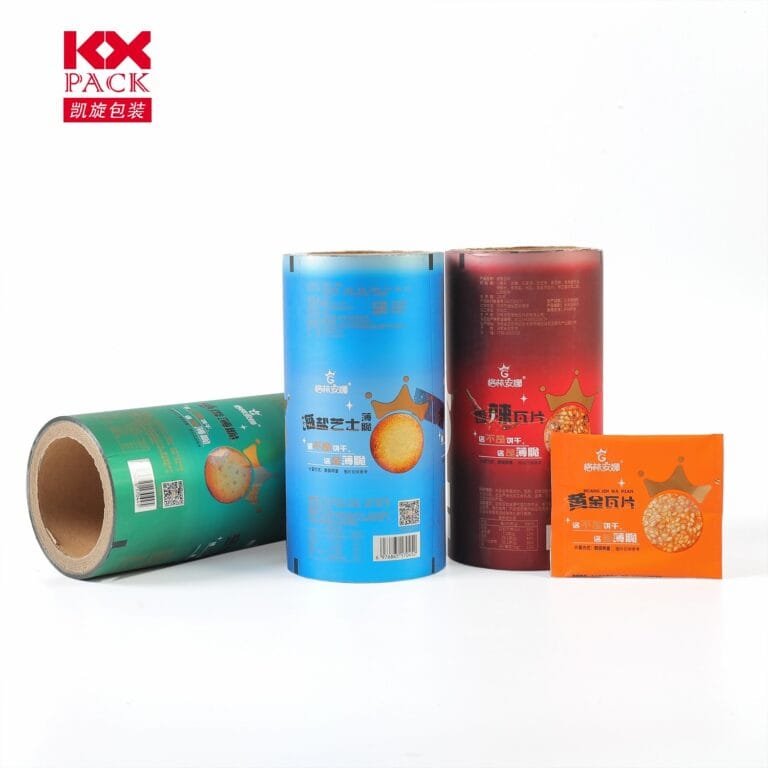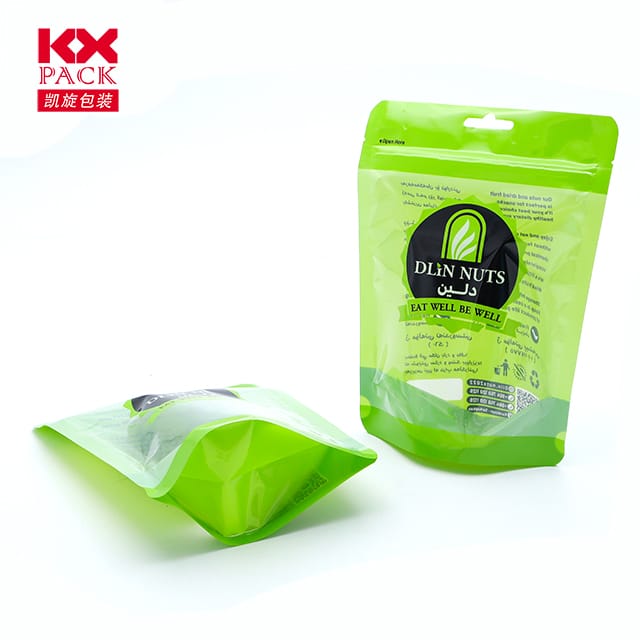Эволюция и влияние пластиковой пленки для упаковки: Баланс инноваций и устойчивости
Пластическая пленка для упаковки
В современном быстро меняющемся потребительском мире, Пластическая пленка для упаковки выступает как невоспетый герой, тихо, обеспечивая эффективное хранение, транспорт, и сохранение бесчисленных продуктов. От свежих продуктов до электроники, Этот универсальный материал революционизировал цепочки поставок и продленную полку продукта. Еще, its ubiquity also raises critical questions about environmental impact and the urgent need for sustainable alternatives. Let’s unpack the role of plastic film in packaging, its benefits, проблемы, and the path forward.
Why Plastic Film Dominates Packaging
Пластическая пленка для упаковки, обычно делается из полиэтилена (ЧП), полипропилен (ПП), или поливинилхлорид (ПВХ), is favored for its:
- Lightweight Durability: Защищает продукты от влаги, пыль, and physical damage without adding excess weight.
- Экономическая эффективность: Lower production and transportation costs compared to alternatives like glass or metal.
- Гибкость: Easily molded to fit diverse product shapes, from irregular food items to delicate electronics.
- Барьерные свойства: Customizable to control oxygen, свет, and odor transmission, сохранение свежести продуктов.
These traits make it indispensable for industries like food and beverage, Фармацевтические препараты, and e-commerce. Например, modified atmosphere packaging (Карта) uses plastic films to extend the shelf life of perishables like meat and vegetables by weeks, reducing food waste—a significant environmental concern in itself.
Экологический парадокс
Несмотря на свои преимущества, Пластическая пленка для упаковки contributes to a growing global crisis:
- Одноразовая культура: An estimated 40% of all plastic produced is for packaging, большая часть выбрасывается после однократного использования.
- Загрязнение: Improper disposal leads to plastic waste in oceans, landfills, и экосистемы, where it can take centuries to decompose.
- Микропластики: Fragmented Пластическая пленка для упаковки break down into microplastics, infiltrating water supplies, soil, and even the human food chain.
The challenge lies in reconciling plastic film’s functional benefits with its ecological footprint.
Инновации, способствующие устойчивому развитию
The packaging industry is responding with cutting-edge solutions:
- Биоразлагаемые и компостируемые пленки:
- Materials like polylactic acid (Плата), derived from renewable resources (НАПРИМЕР., corn starch), decompose in industrial composting facilities.
- Starch-based blends and algae-derived films are emerging as eco-friendly alternatives.
- Recyclable and Recycled Content:
- Advances in chemical recycling are turning post-consumer plastic waste into high-quality films.
- Mono-material Пластическая пленка для упаковки (НАПРИМЕР., all-PE pouches) simplifies recycling processes.
- Системы многоразовой упаковки:
- Brands are experimenting with returnable, refillable containers paired with durable plastic liners.
- Closed-loop systems minimize waste by reusing packaging across supply chains.
- Съедобные и водорастворимые пленки:
- Innovations like seaweed-based casings for food or dissolvable laundry detergent pods reduce reliance on traditional plastics.
The Role of Consumers and Policy
Sustainability isn’t just an industry responsibility. Consumers can drive change by:
- Supporting brands that prioritize recyclable or compostable packaging.
- Advocating for improved recycling infrastructure and clearer labeling.
- Reusing plastic films (НАПРИМЕР., for food storage) where possible.
Governments and regulators also play a pivotal role. Policies like extended producer responsibility (Епр) laws, plastic taxes, and bans on single-use plastics are accelerating the transition to greener alternatives.
Глядя в будущее: A Circular Future
The ideal scenario is aкруговая экономика for plastic film packaging, where materials are designed for reuse, переработка, or safe composting. This requires:
- Collaboration across industries to standardize recycling processes.
- Investment in R&D to scale sustainable materials without compromising performance.
- Consumer education to shift behaviors toward waste reduction.
Заключение
Plastic film for packaging is a double-edged sword: a marvel of modern engineering that has transformed global trade but also a symbol of humanity’s overreliance on fossil fuels and disposable culture. The path forward demands innovation, accountability, and a collective reimagining of how we produce, использовать, and discard packaging. By embracing sustainable alternatives and advocating for systemic change, we can ensure that plastic film’s legacy is one of progress—not pollution.
Что вы думаете о пластиковой упаковке? Share your thoughts or sustainable swaps you’ve made in the comments below! 🌍♻






